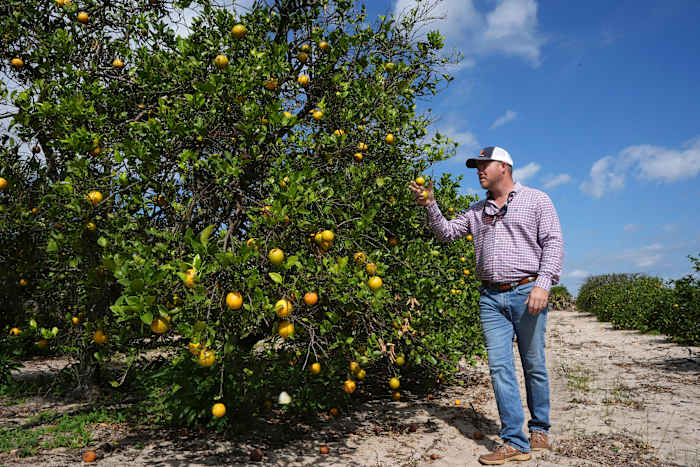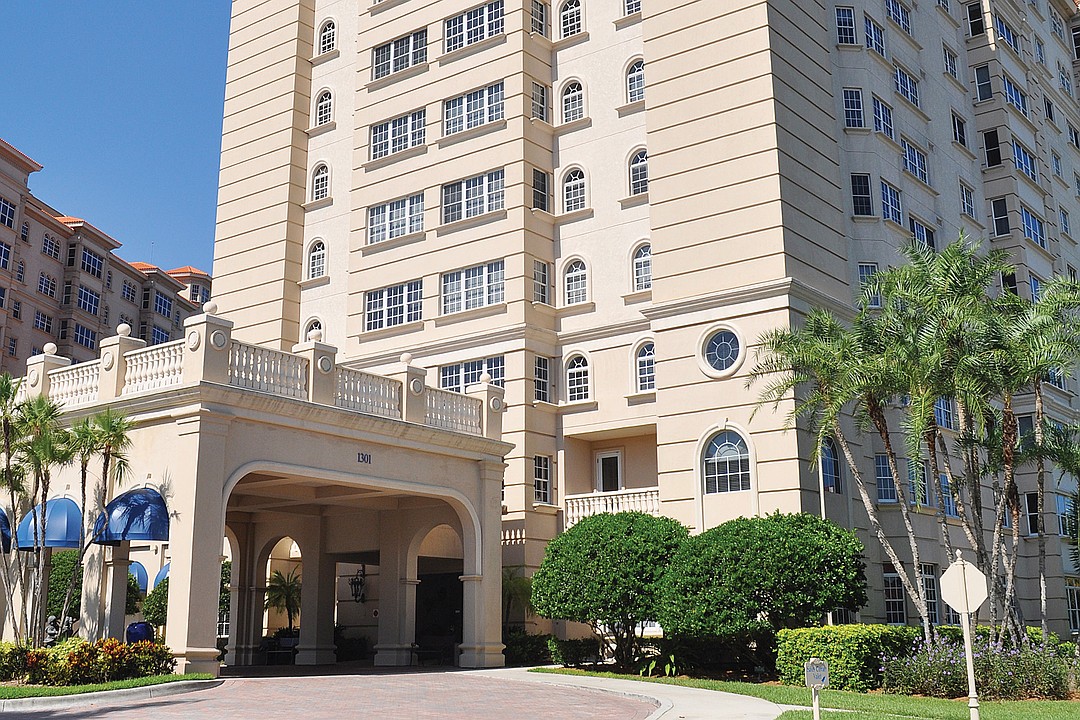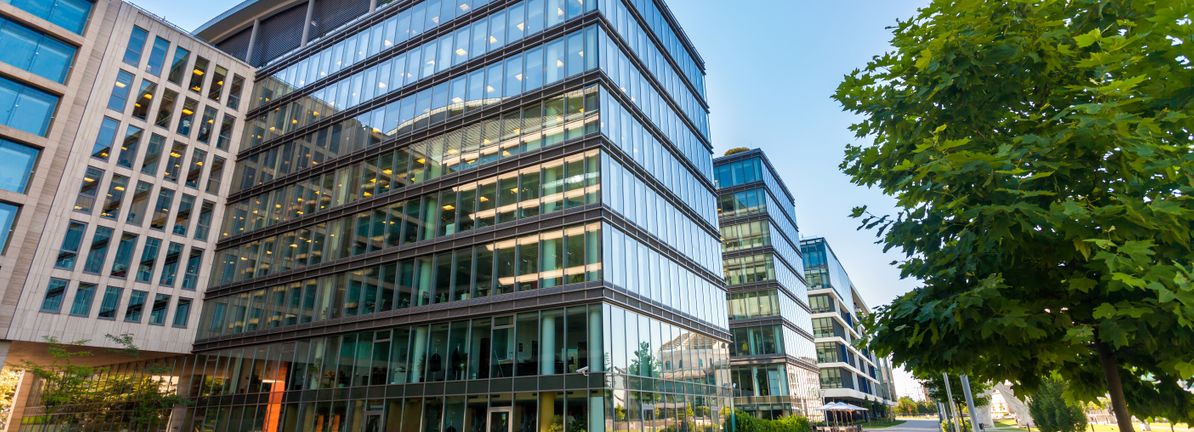L
AKE WALES, Fla. – Trevor Murphy's family has been growing oranges for generations in this central Florida county, where citrus is a way of life. But as he inspects his 20-acre grove, he knows the industry is on shaky ground. "At some point, this isn't going to be an orange grove anymore," Murphy says, gazing at rows of trees surrounded by new homes.
Polk County, which includes Lake Wales, has more citrus acres than any other county in Florida. But hurricanes and citrus greening disease have decimated the industry. Many growers are selling their groves to developers building homes for the growing population. Others, like Murphy, are holding on, hoping for a cure or new technology to save their trees.
The decline of the citrus industry is a mounting concern. A 90% drop in orange production over two decades has left Florida's signature crop struggling. Citrus groves have shrunk from over 832,000 acres to just 275,000 acres last year. California has surpassed Florida as the nation's leading citrus producer.
Growers like Murphy are facing a tough decision: sell out or stick it out. "Losing the citrus industry is not an option," says Matt Joyner, CEO of trade association Florida Citrus Mutual. But Alico Inc., one of Florida's biggest growers, plans to wind down its operations on over 53,000 acres.
The pressure on citrus farming comes from real estate development as well. Florida expanded by over 467,000 people last year, and more homes must be built to house the growing population. Some prominent citrus families are selling their groves for millions of dollars or even $25,000 an acre.
Murphy owns several hundred acres of groves and has no plans to abandon the industry. He recently sold off acres in Polk County to a home developer and is replanting trees in more productive groves. "I would like to think that we're at the bottom, and we're starting to climb back up that hill," he says.
A bug-free tree could be the answer. Researchers have been working on genetically modified trees that can kill the tiny insects responsible for citrus greening. But it may take three years before these trees can be planted. In the meantime, growers are looking at other technologies, such as planting trees inside protective screens or injecting them with an antibiotic.
The fate of Florida's citrus industry hangs in the balance. If the crops fail, 33,000 jobs and a $6.8 billion economic impact could be lost. Businesses like Tom Davidson's candy factory rely on citrus production to survive. "We're really hoping that the scientists can get this figured out so we can get back to what we did," he says.
Researchers are optimistic about finding a solution. Lukasz Stelinski, an entomology professor at the University of Florida, says, "It's kind of like being a Lions fan before the Detroit Lions started to win games. I'm hoping that we are making that turnaround."












